
An important step in the modernization of the Museum der Arbeit began in January 2022 with the conversion of the Torhaus. In the renovated rooms, educational workshops were created on the newly created upper floor and the Zukunftswerkstatt on the first floor.
The concept of the Zukunftswerkstatt is based on the Museums der Arbeit guiding principle, which uses Hamburg as an example to document the changes in the world of work and the associated effects on people. In addition, the Museum der Arbeit is a platform for current social and political discussions. It aims to gain knowledge about the past in order to understand the complexity of the present and shape the future. It sees exhibitions as spaces for communication and aims to encourage discussion and reflection. It takes a critical look at current social issues and creates spaces for thought.
The design by studio lose, which was selected in a competition and has now been realized, is a workshop for working together on the future. Various modules are based on classic workshop trolleys and at the same time are tools in their own right, enabling a variety of accessible exhibition, workshop and event formats that can be rearranged again and again.


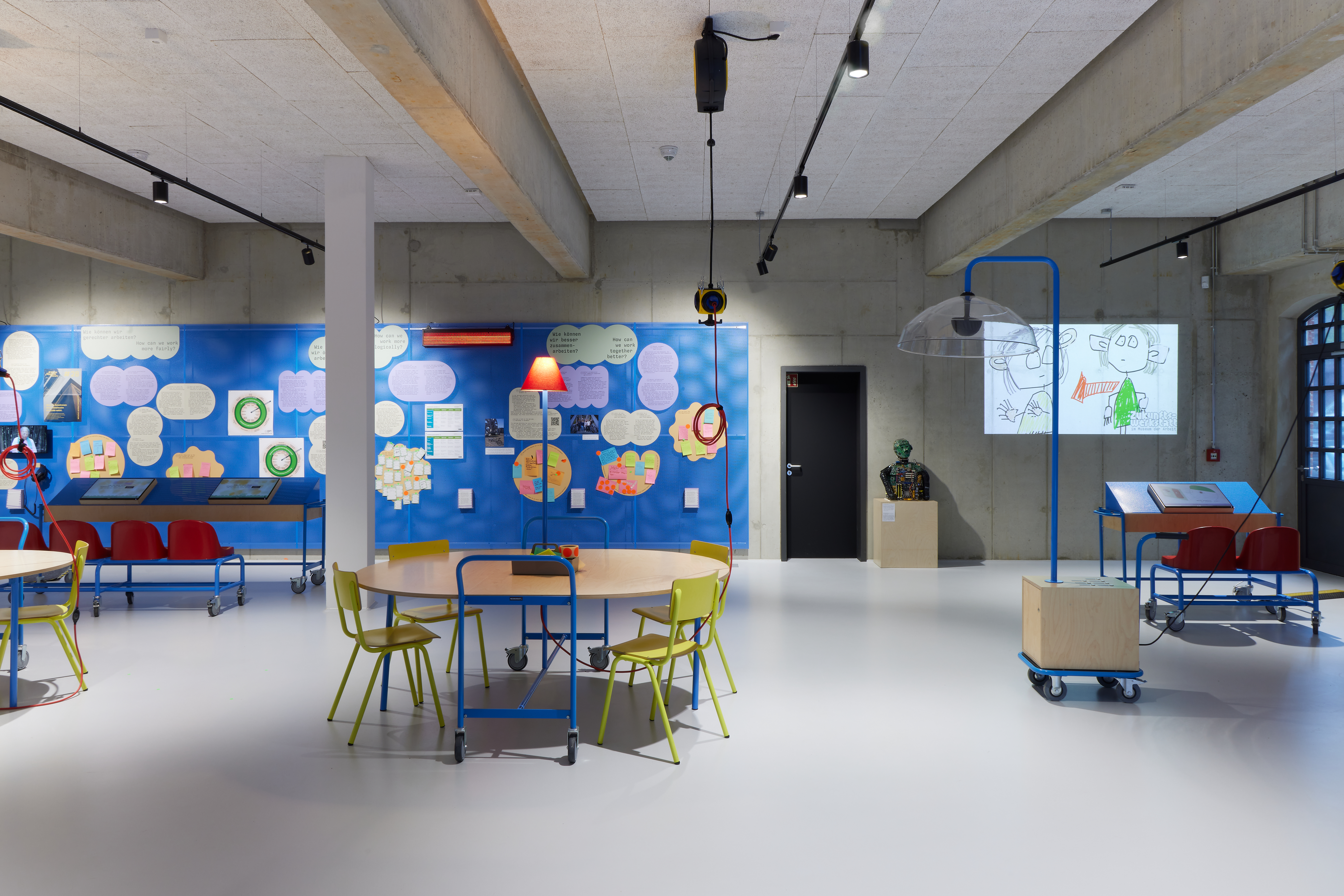


Museum der Arbeit, Stiftung historische Museen Hamburg.
Curation: Kareen Kümpel · Nina Szogs
Exhibition design: studio lose (Ina Römling · Torben Körschkes · Frieder Bohaumilitzky)
Photos: Anne Linke
Curation: Kareen Kümpel · Nina Szogs
Exhibition design: studio lose (Ina Römling · Torben Körschkes · Frieder Bohaumilitzky)
Photos: Anne Linke

Die Ausstellung zum Thema „Bauhaus und Nationalsozialismus“ verdeutlicht die vielfältigen Wege, die Künstlerinnen und Künstler im Umgang mit einem totalitären Herrschaftssystem eingeschlagen haben. Sie will damit neue, auch unbequeme Perspektiven auf die Bauhausgeschichte aufzeigen. Denn noch lange nach 1945 hielt sich die Illusion einer einzig „guten" und verfolgten Moderne. Eine innovative künstlerische Haltung allein, so zeigen die Schicksale vieler Bauhaus-Angehörigen, schützt noch nicht gegen die Verführbarkeit durch den Faschismus. Dies macht die Rolle der Kunst in einer liberalen und weltoffenen Gesellschaft zu einem zentralen Thema der Ausstellung.
Komplettiert wird die dreiteilige Ausstellung durch die Installation „Denkmal über Ehrlichkeit", das aus den berühmten Typenmöbeln 602 des Bauhäuslers Franz Ehrlich gebaut wurde. Die Installation der Designforscher Friedrich von Borries, Frieder Bohaumilitzky und Jens-Uwe Fischer dekonstruiert die komplexe Biografie des Bauhaus-Architekten, Grafikers und Designers Ehrlich (1907-1984), der außerdem Widerstandskämpfer und Buchenwaldhäftling war, aber auch SS-Architekt, Stasi-Informant und Hochstapler. Ausgehend von seiner Geschichte hinterfragt das Denkmal die dominanten Selbstverständnisse der Gegenwart: Wie ehrlich sind wir?

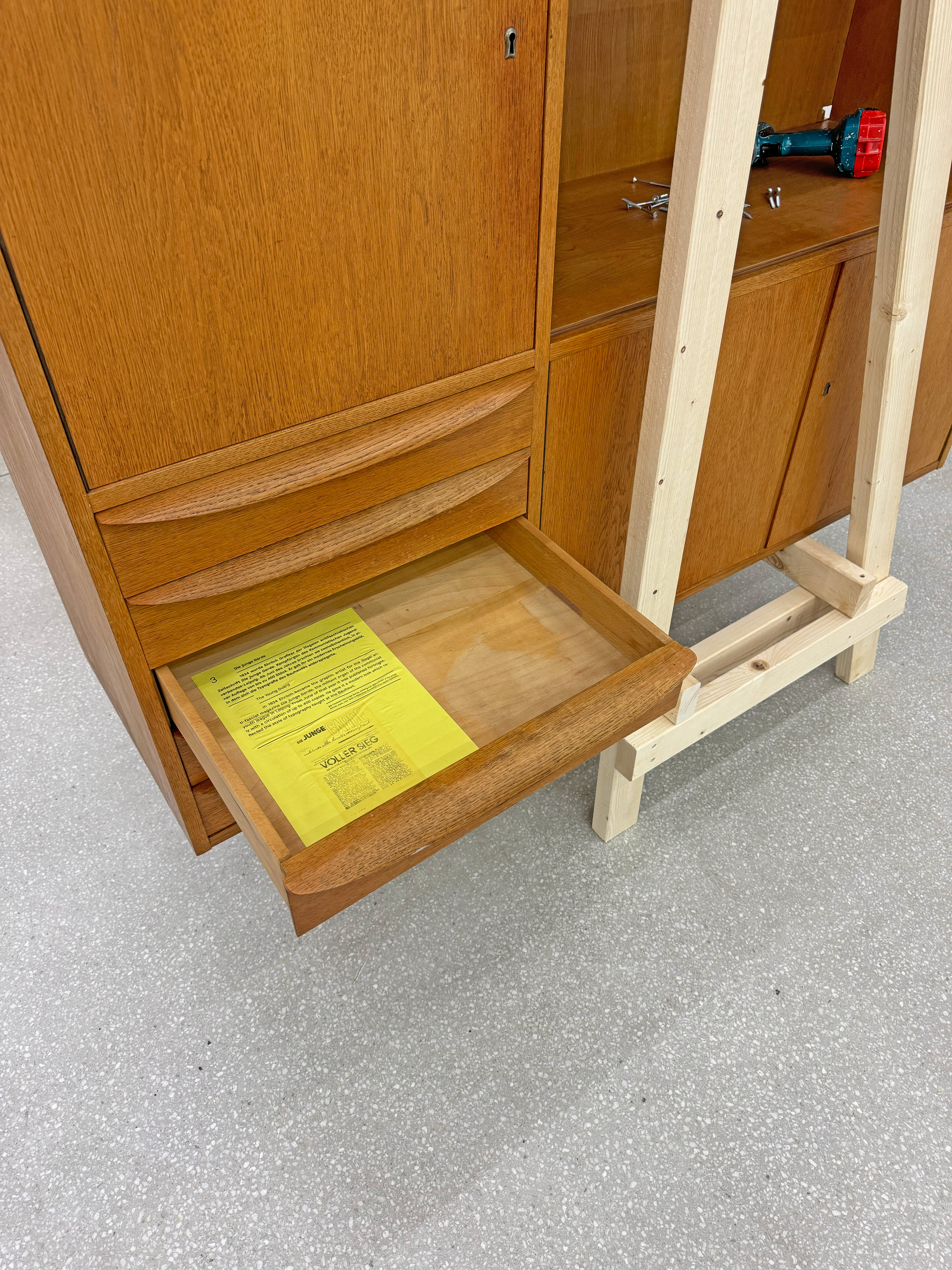
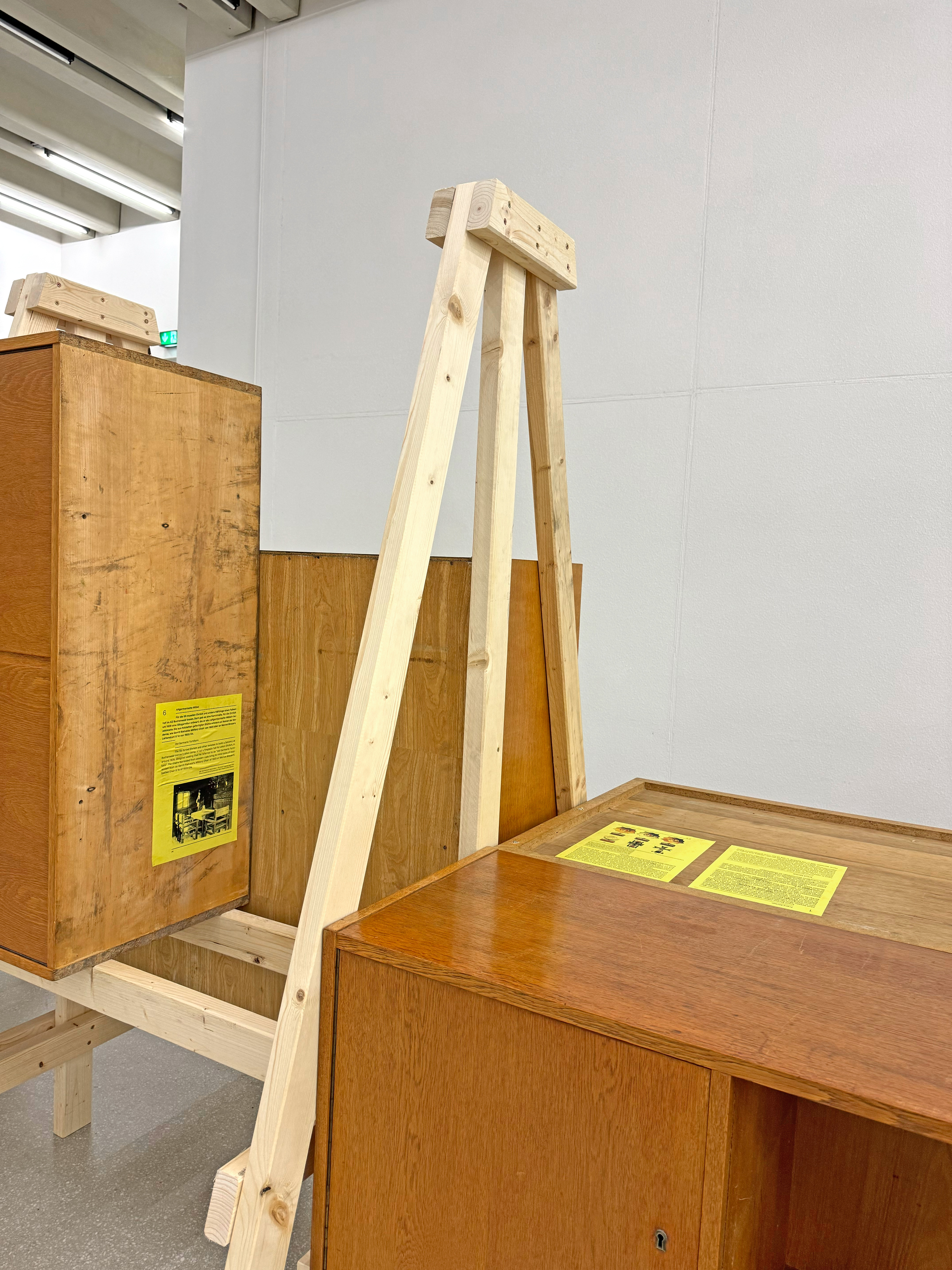
Bauhaus-Museum Weimar
Ausstellung: Bauhaus und Nationalsozialismus
Beitrag: Friedrich von Borries · Frieder Bohaumilitzky · Jens-Uwe Fischer.
Grafikdesign: Ingo Offermanns
Ausstellung: Bauhaus und Nationalsozialismus
Beitrag: Friedrich von Borries · Frieder Bohaumilitzky · Jens-Uwe Fischer.
Grafikdesign: Ingo Offermanns
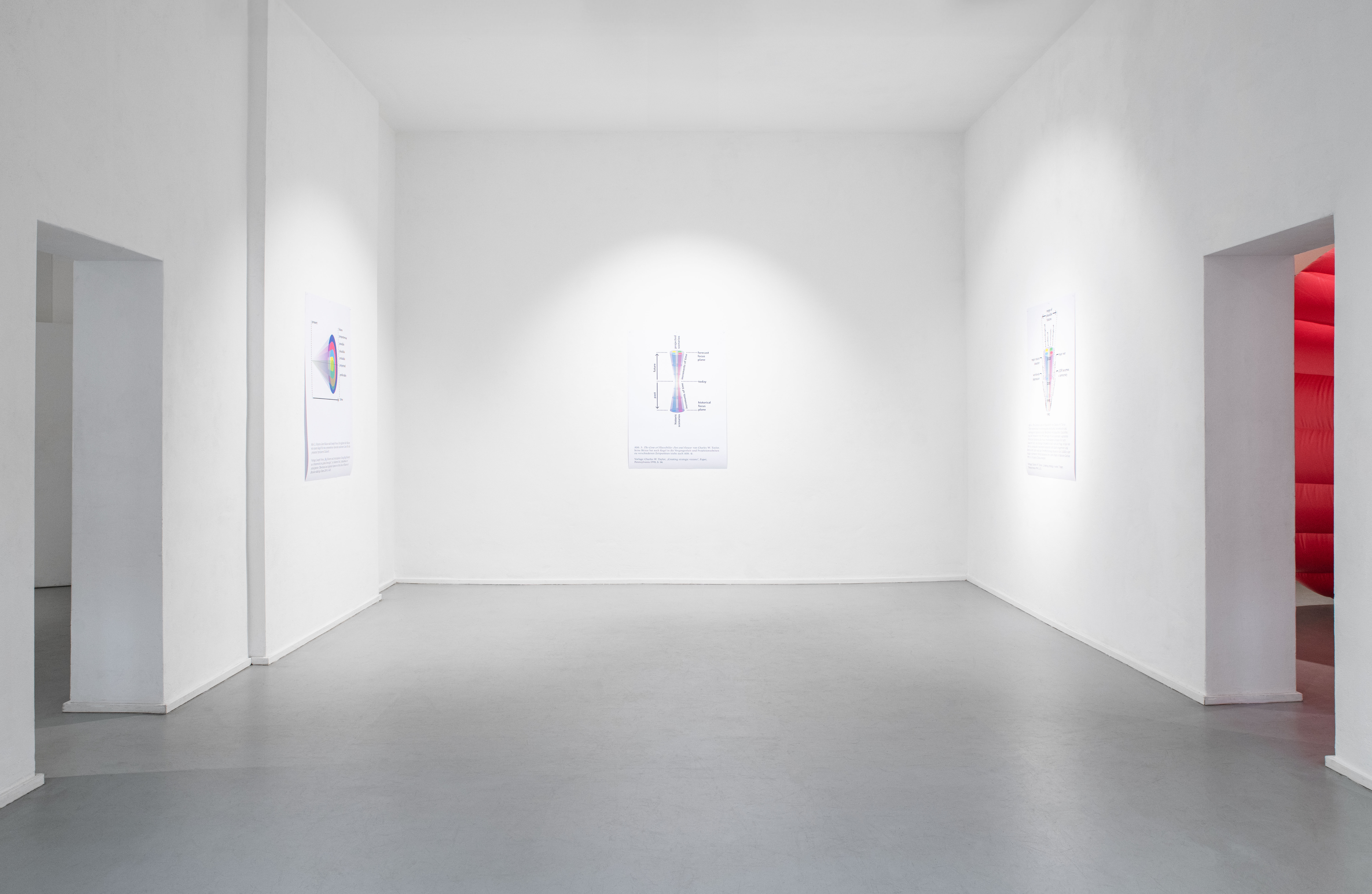
When it comes to speculation in art in general and design in particular, there is one sketch that is repeatedly used as an illustration. The illustration is called Futures Cone and has been circulating for decades in different variations among futurists, foresight experts, artists and designers. It always consists of differently colored cones whose nested funnels open into the future. The various adaptations and the context in which they were created refer to different aims of speculation and different ideas of the present and the future.
Fußnoten zur Zukunft is an experimental essay exhibition that associatively traces the stories associated with the history of the Futures Cone, reads them as artifacts and makes them accessible in a sensory and physical directory of sources. It is based on the text "Die Ambiguität der Spekulation. Futures Cone-Skizzen und ihre Kontexte" from the publication Specology. Zu einer ästhetischen Forschung, published by Hamburg-based Adocs-Verlag in 2023. This text is made accessible via a flyer that can be unfolded into both a poster and a mini-publication.
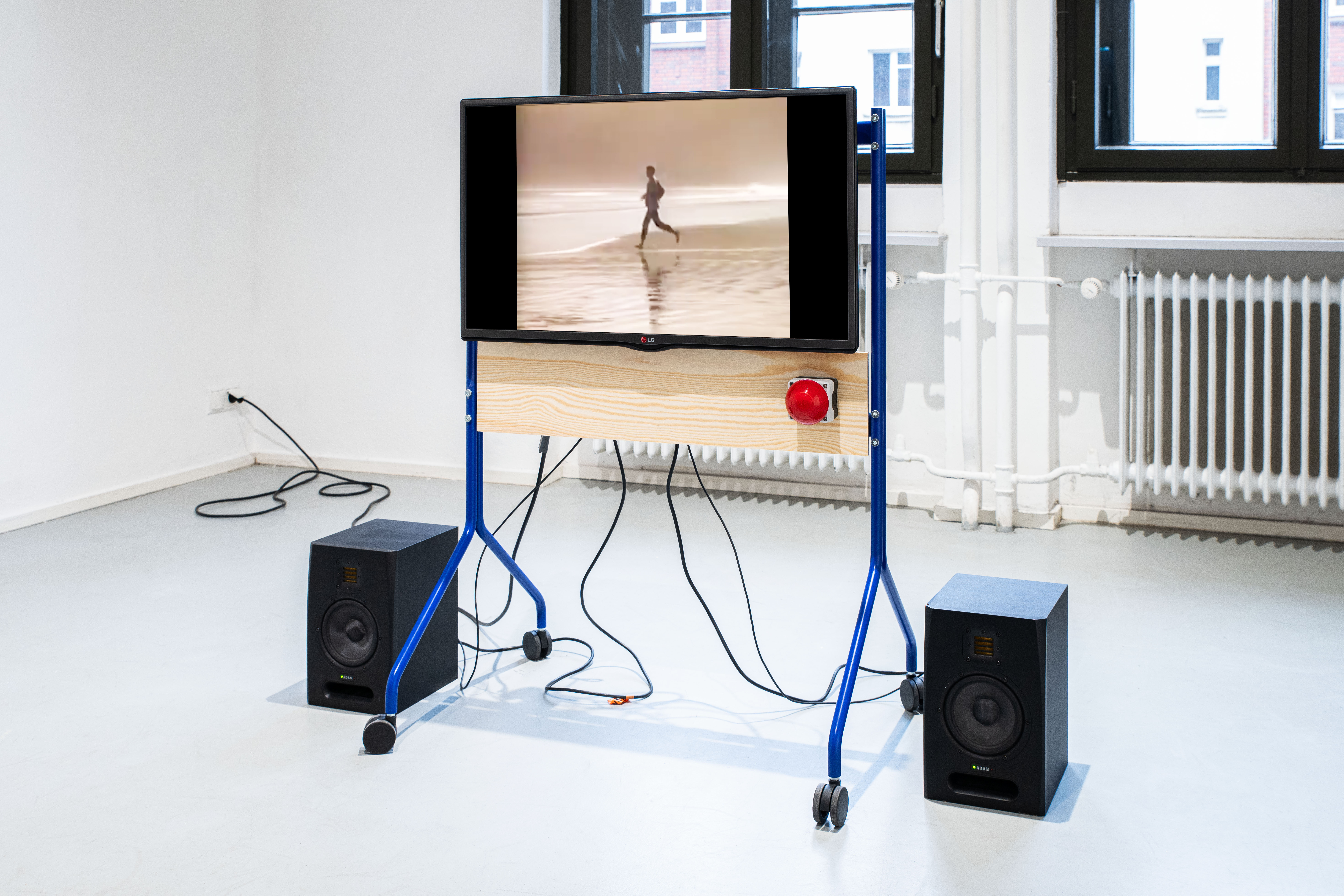
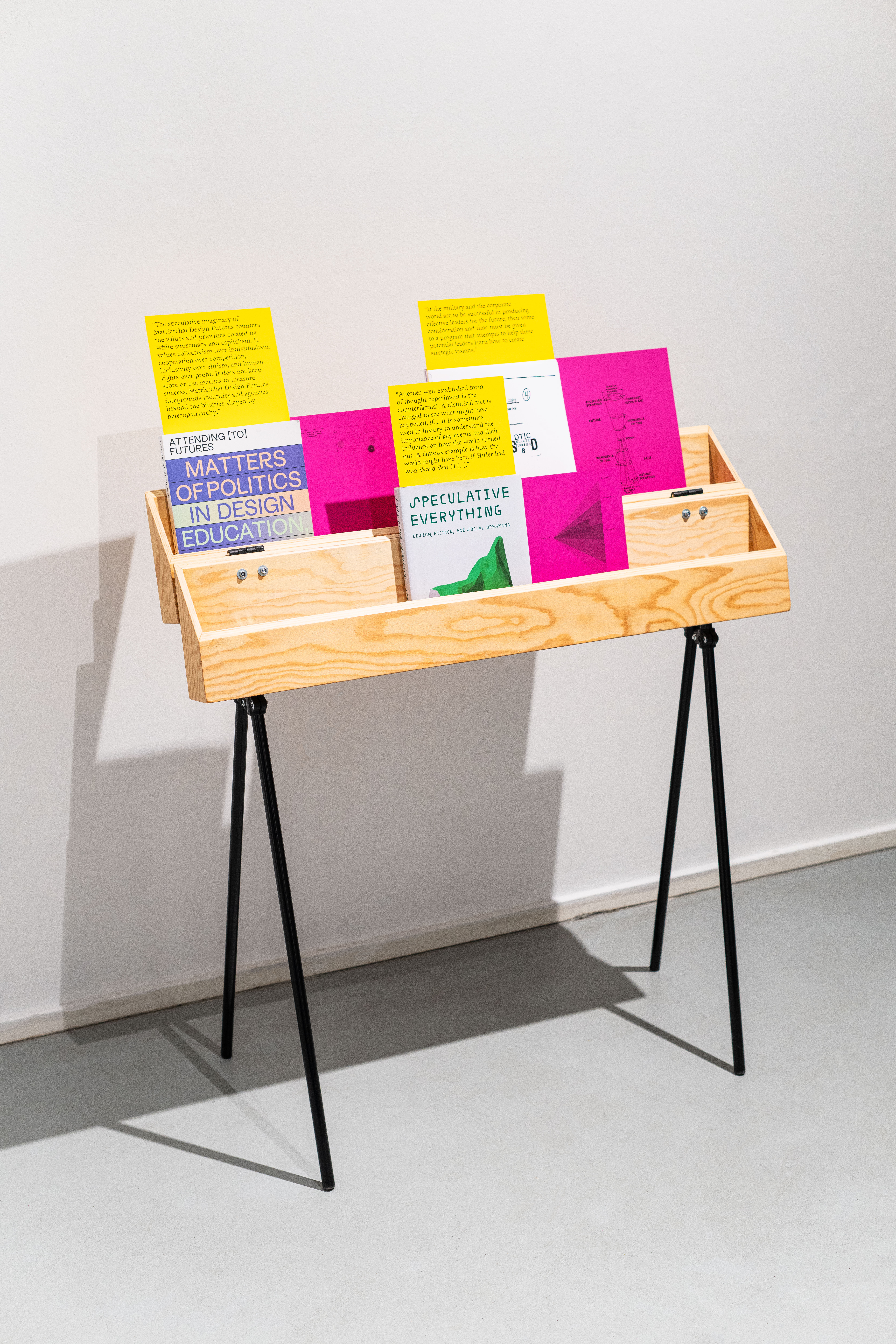
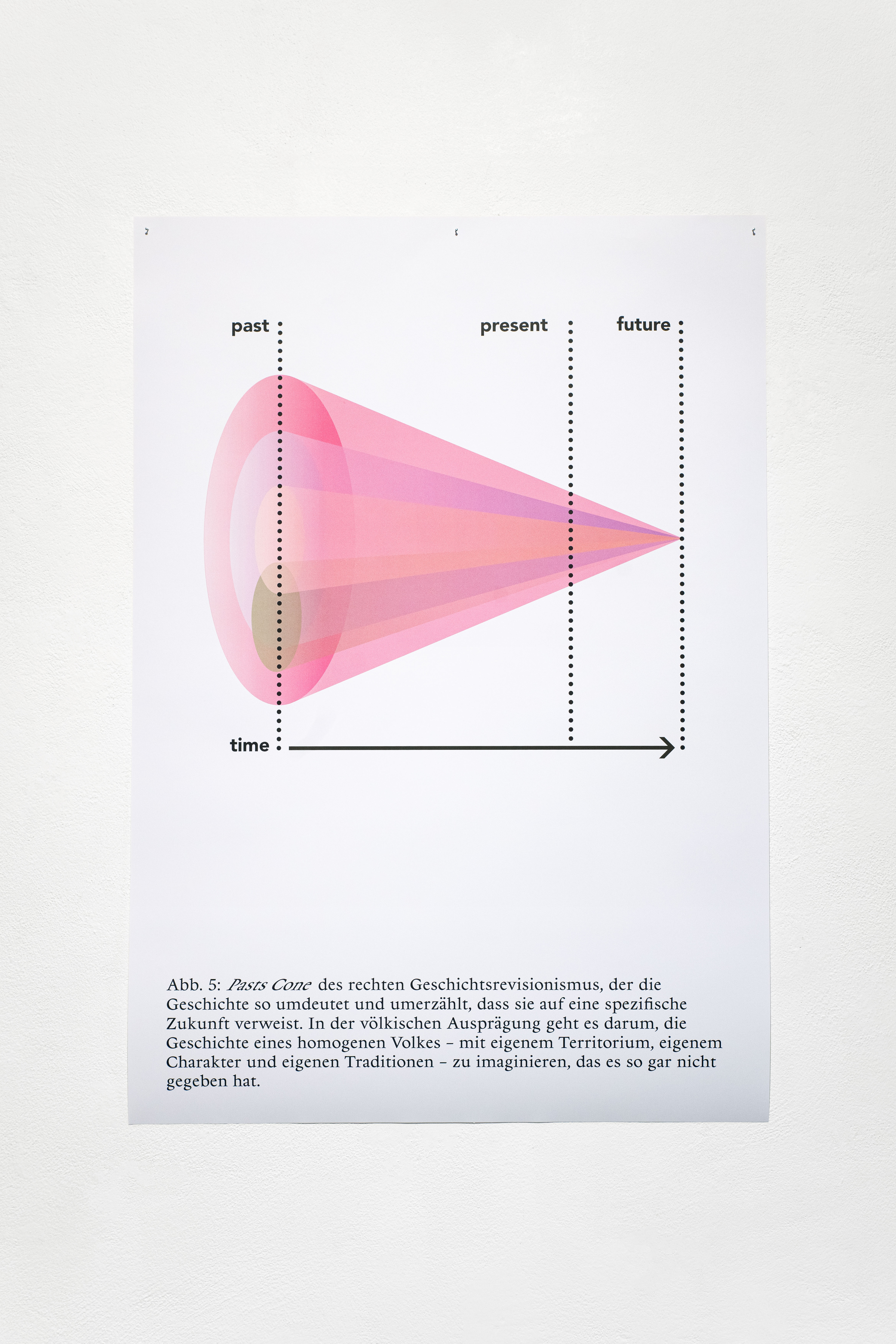
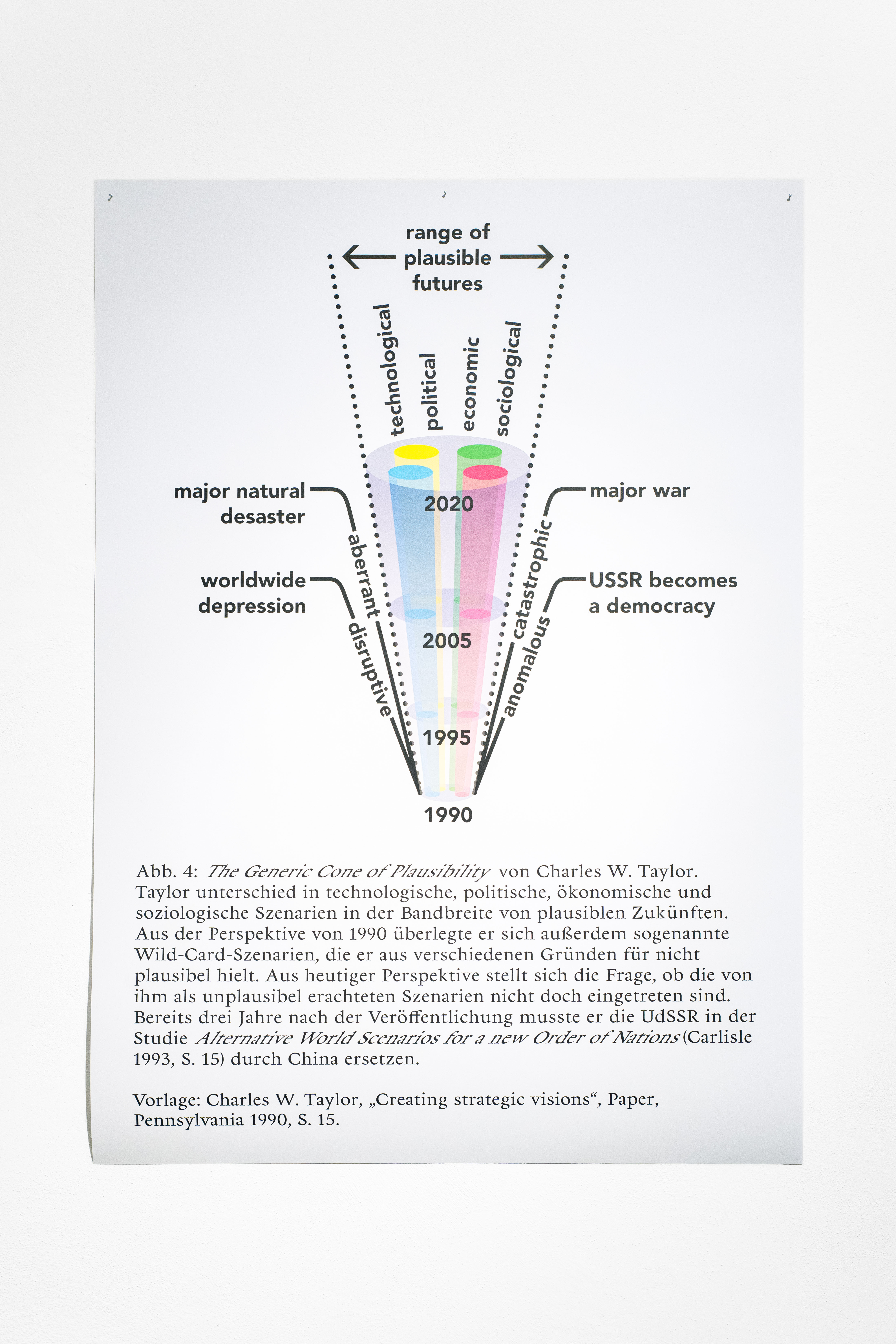
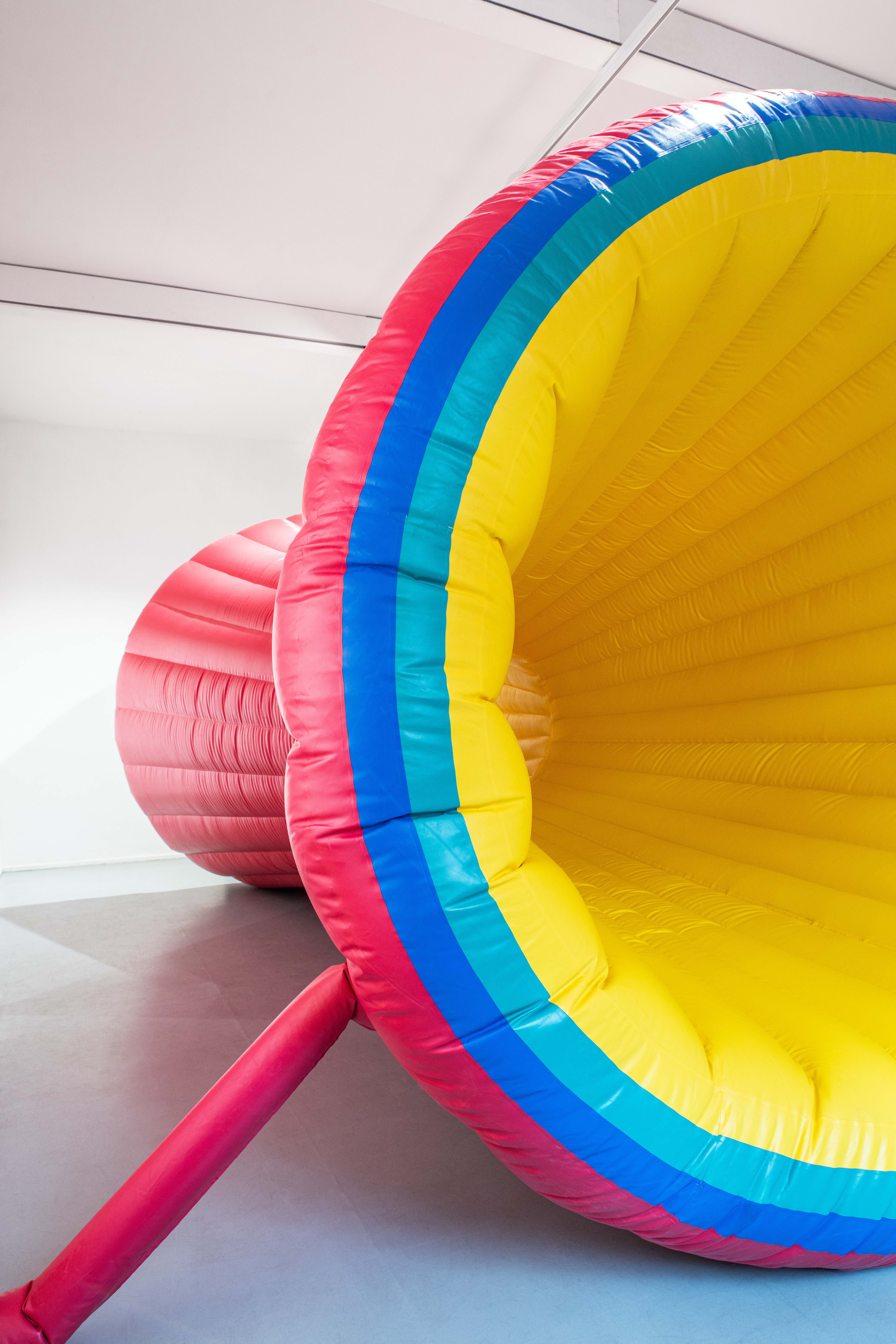
Frappant Galerie, Hamburg
Exhibition: studio lose (Frieder Bohaumilitzky · Ina Römling · Torben Körschkes)
Text: Frieder Bohaumilitzky
Flyer: HEFT Kollektiv (Ina Römling · Torben Körschkes)
Photos: Maik Gräf
Funded by the Freie und Hansestadt Hamburg, ministry of culture and media.
Exhibition: studio lose (Frieder Bohaumilitzky · Ina Römling · Torben Körschkes)
Text: Frieder Bohaumilitzky
Flyer: HEFT Kollektiv (Ina Römling · Torben Körschkes)
Photos: Maik Gräf
Funded by the Freie und Hansestadt Hamburg, ministry of culture and media.

„Unter dem Pflaster liegt der Strand“ is the title of the collaborative installation by Frieder Bohaumilitzky and Ursula Klein on the occasion of the Vienna Design Week. The title is an adaptation of the well-known saying of the 68 movement and in this context refers to the political relevance of design projects in public space.
The contribution was part of the dialogic format of Passionswege, in which international design creators are brought together with Viennese craft businesses. Ursula Klein is the third generation of her family to run the plastic processing company schulteswien, which produces inflatable one-offs for artists and museums.
In their collaboration, Bohaumilitzky and Klein combined their passion for inflatable objects with their interest in political content. They used an space-filling inflatable ensemble to occupy a vacant lot between buildings in Vienna's 6th district.
During the day, the installation invited visitors to gather and hang out; in the evening, it became a space for discourse. In a series of open talks on the installation and in the adjacent workshop of schulteswien, the two discussed the potential of design in the face of current political challenges. The individual narrative elements of the installation served as starting points for the discussions with architects, filmmakers, historians, artists, politicians and political scientists.

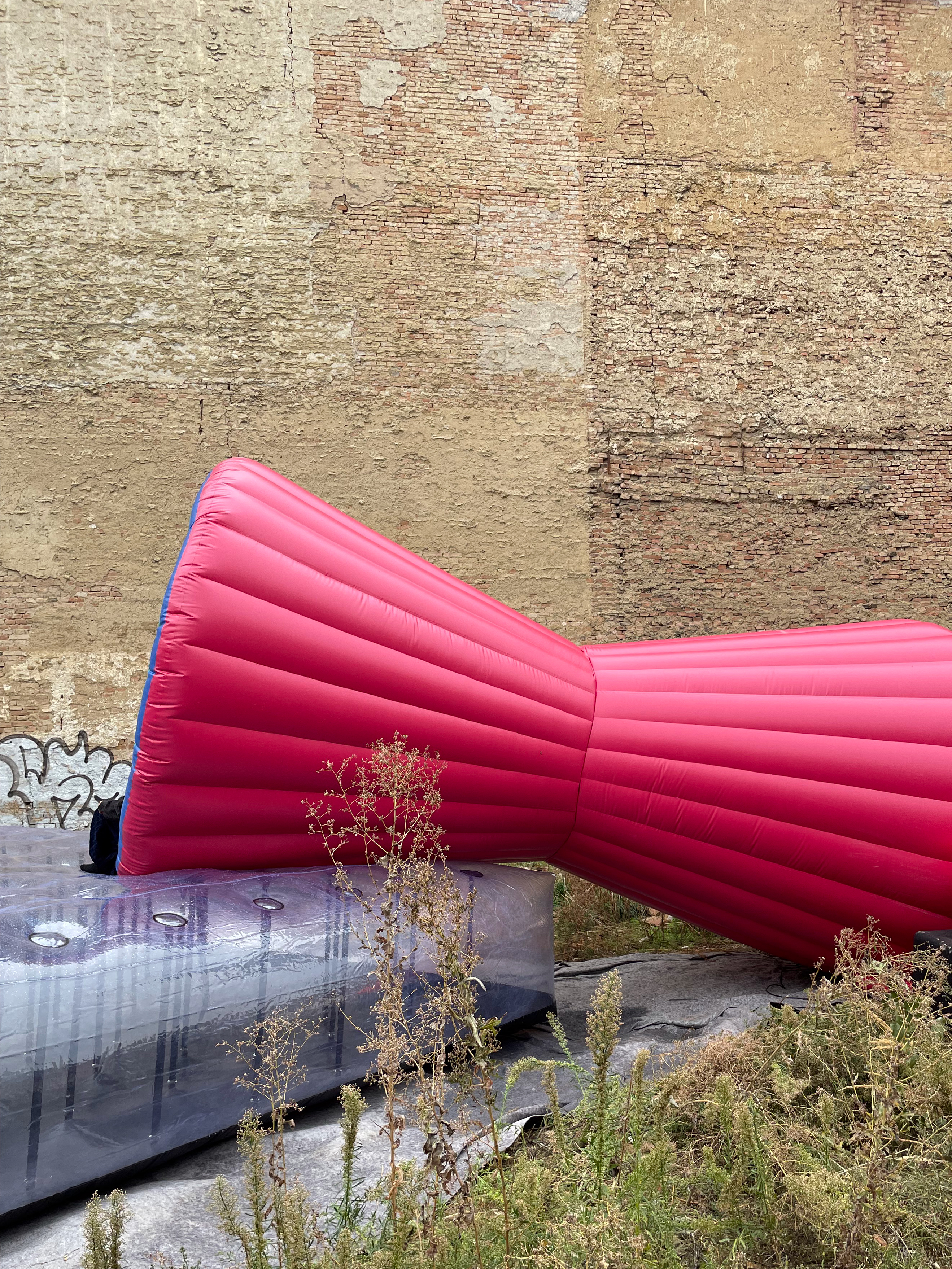
Passionswege, Vienna Design Week
Concept: Frieder Bohaumilitzky · Ursula Klein / schulteswien
Curated by: Nadja Zerunian · Gabriel Roland
Setdesign: Frieder Bohaumilitzky · Ursula Klein / schulteswien
Production: Ursula Klein / schulteswien
→ Detailed program
Concept: Frieder Bohaumilitzky · Ursula Klein / schulteswien
Curated by: Nadja Zerunian · Gabriel Roland
Setdesign: Frieder Bohaumilitzky · Ursula Klein / schulteswien
Production: Ursula Klein / schulteswien
→ Detailed program

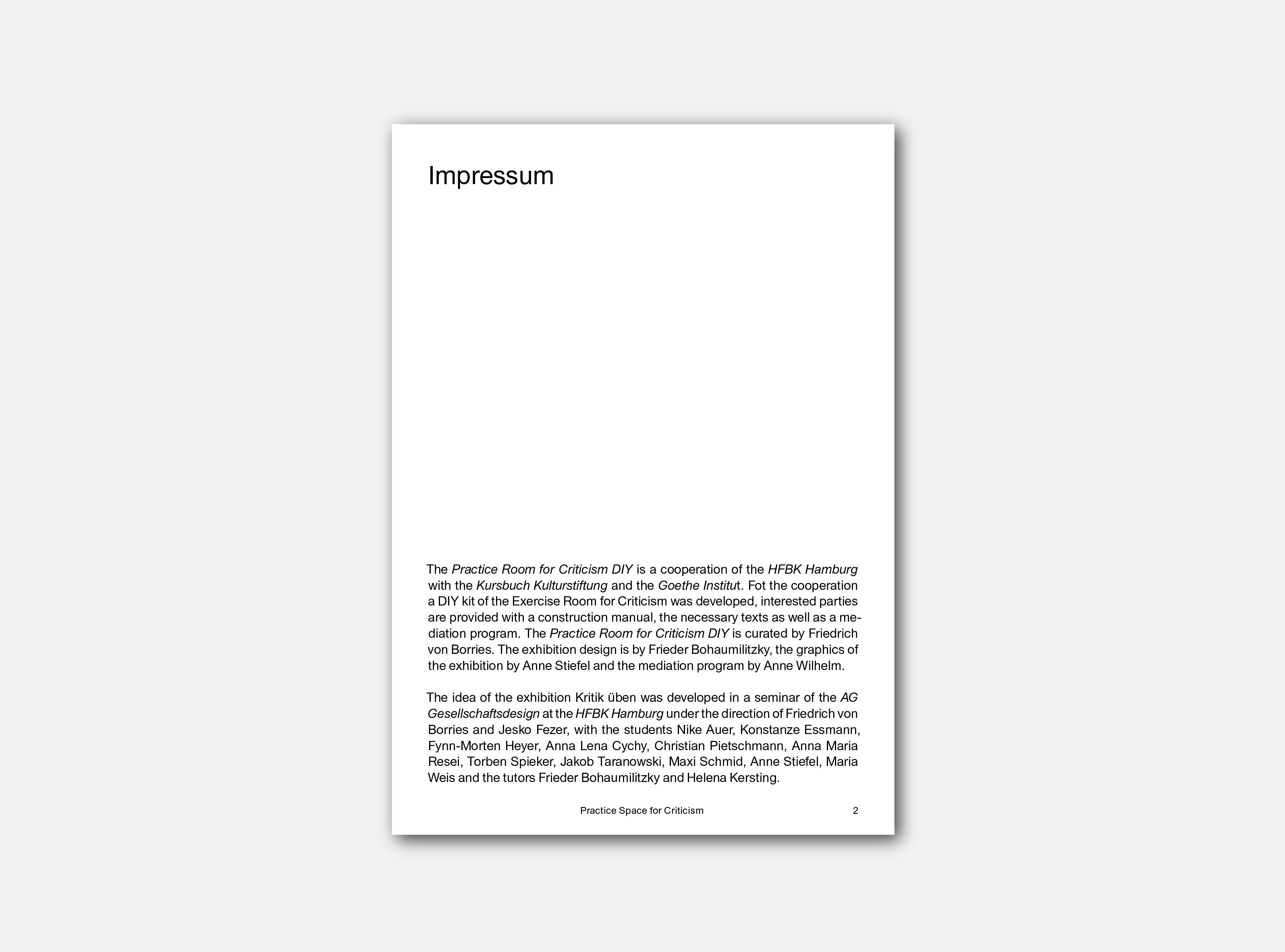

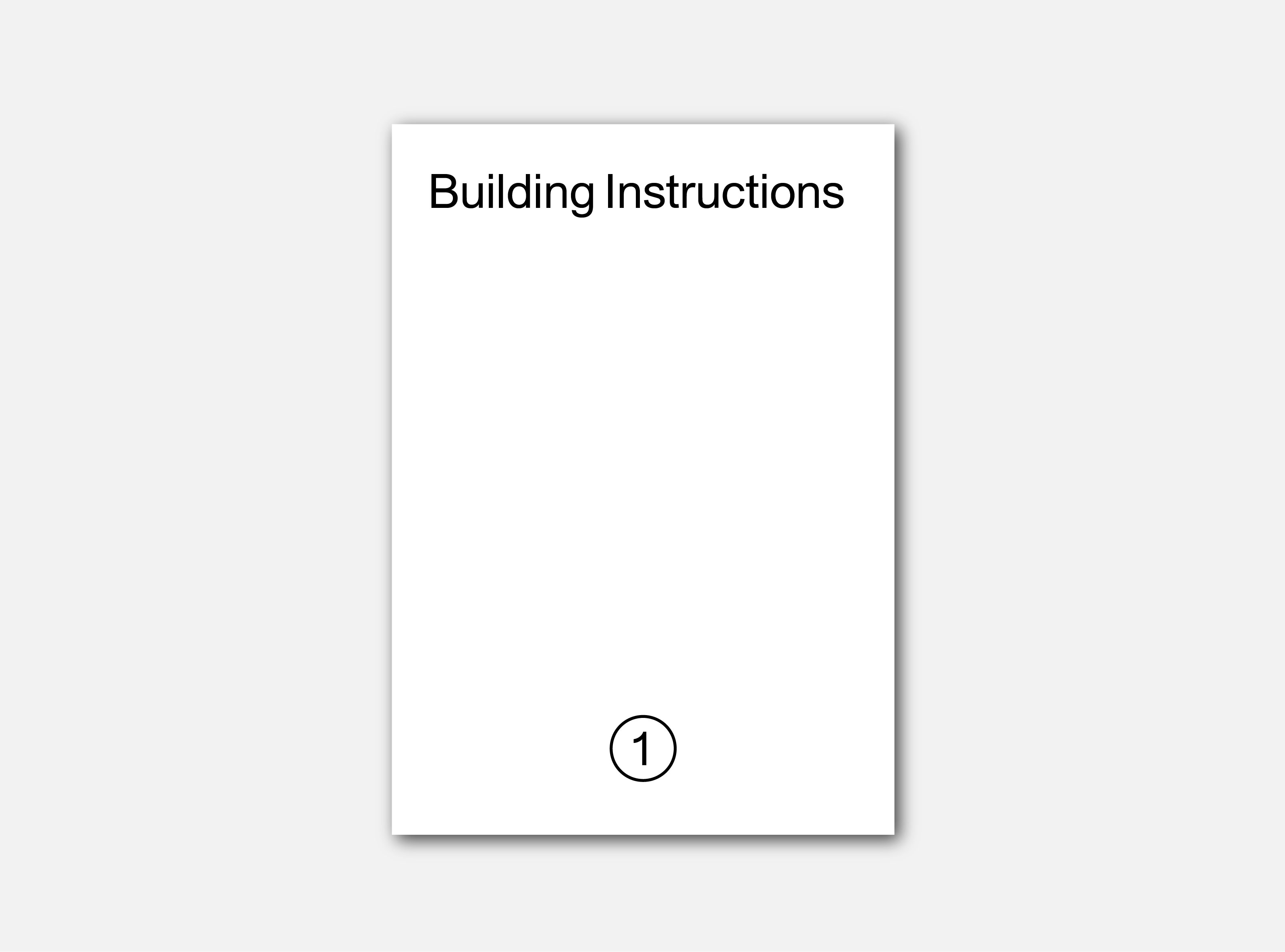

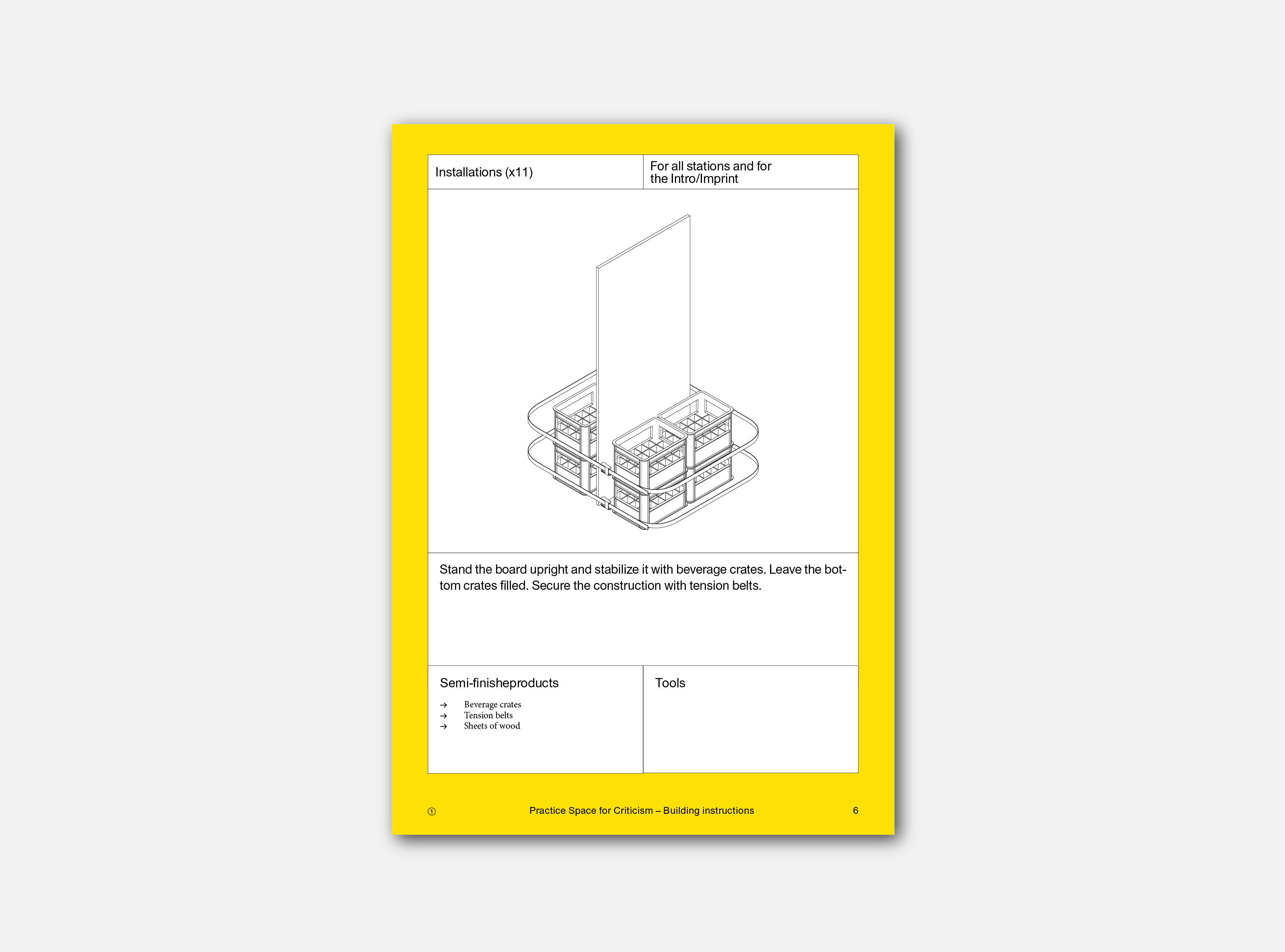
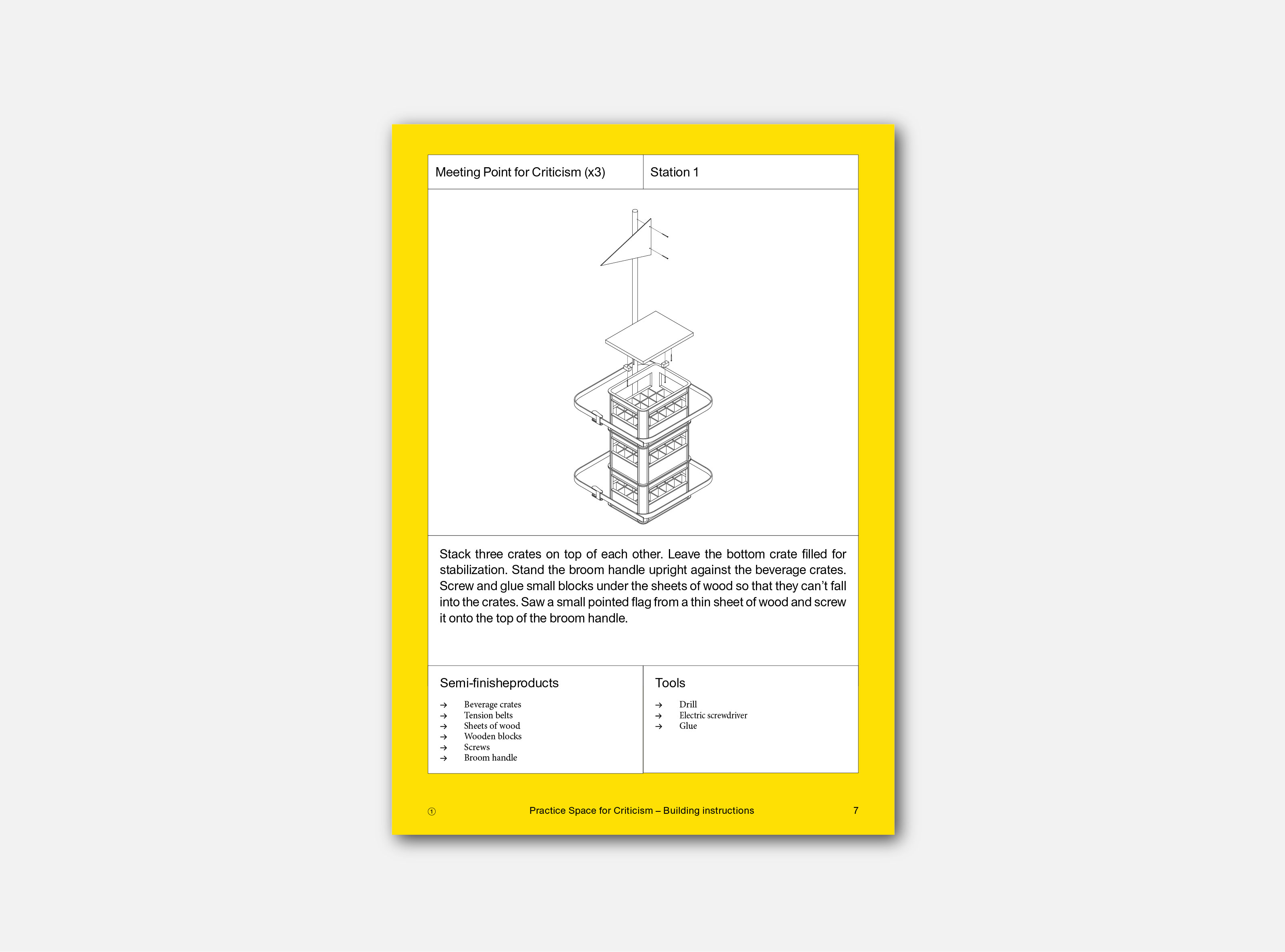
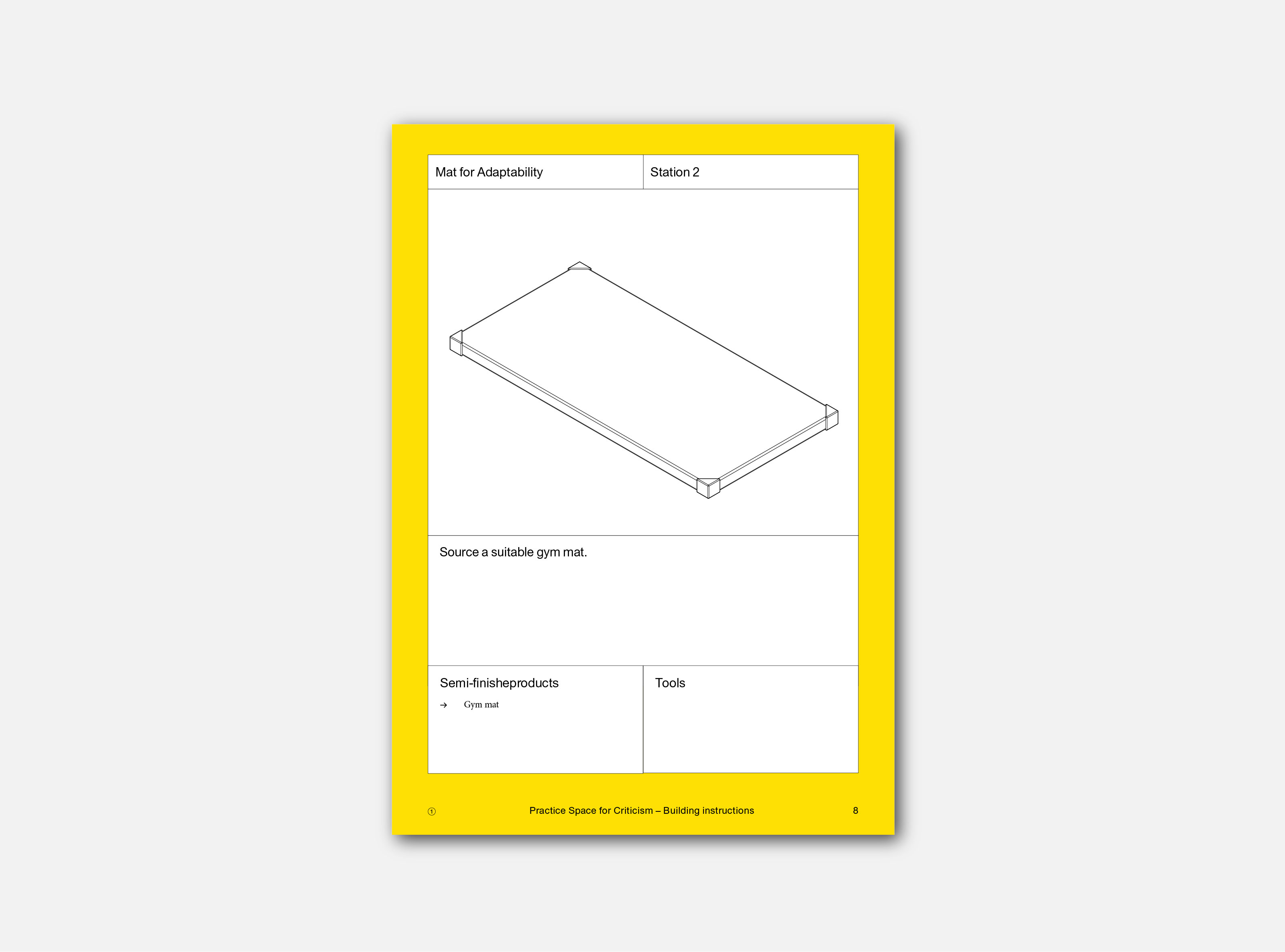




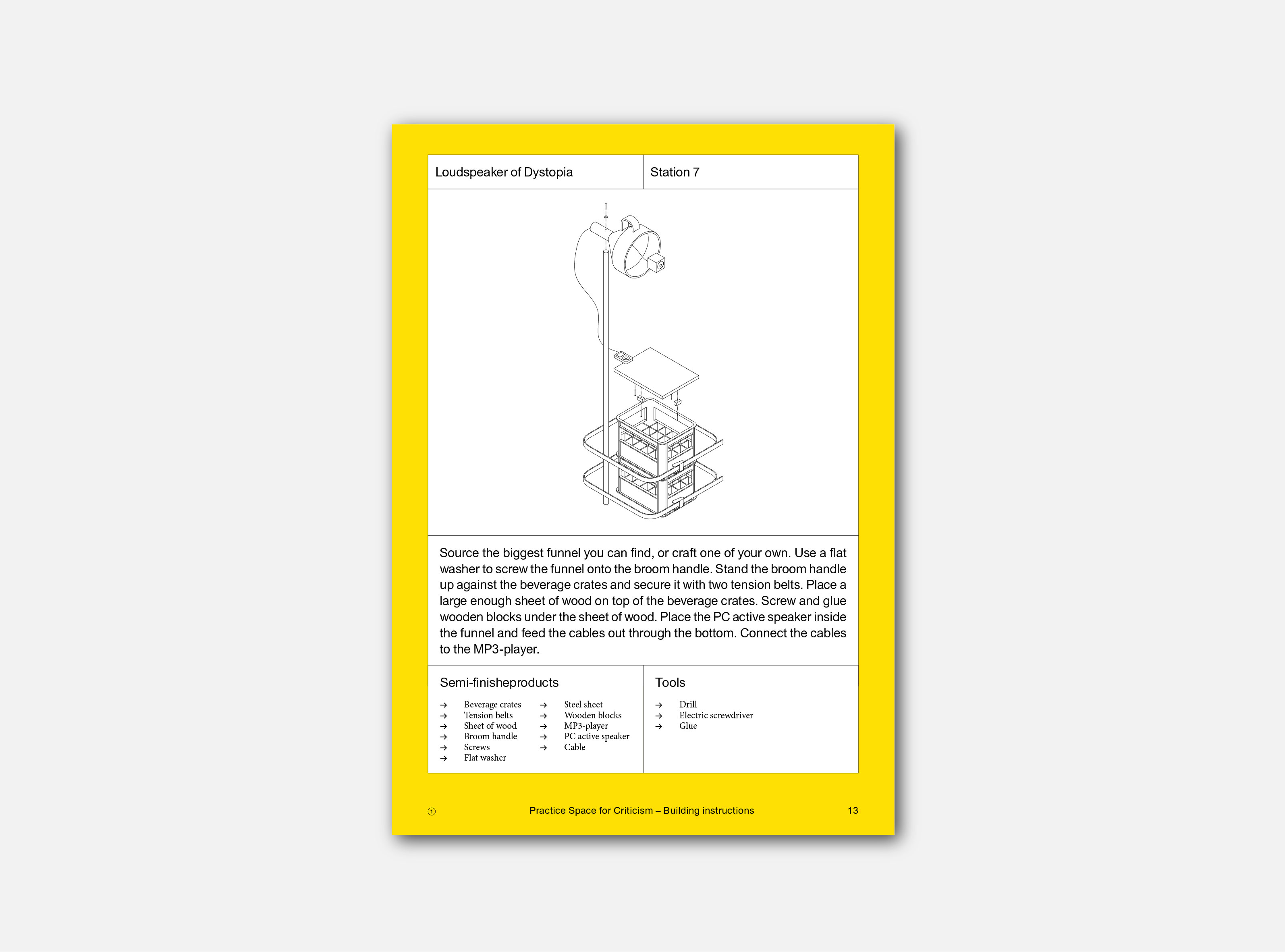








The exhibition Practice Space for Criticism is an experiment which actively tests out the concept of criticism. It addresses the following questions: how can we master the practice of criticism, which tools do we need to do so and how can we also prepare ourselves for situations in which we wish to express and receive criticism, whether positive or negative?
The ability to accept criticism is a key social skill when it comes to coexisting democratically with others, given the importance of entering into exchanges with others and negotiating different viewpoints. In order to strengthen this social skill, you need to have the courage to listen and understand your own viewpoint. The art to practising criticism is to tell another person how you see them or where you stand on a topic without offending them in the process – and, conversely, to be able to accept the opinions and insights of others without taking offense.
In the form of a circuit training exercise, the practice space encourages participants to hone their critical abilities. Each station focuses on an area of critical practice, allowing participants to develop specific skills which can be applied to everyday situations.
The Practice Room for Criticism DIY is a cooperation of the HFBK Hamburg with the Kursbuch Kulturstiftung and the Goethe Institut. Fot the cooperation a DIY kit of the Exercise Room for Criticism was developed, interested parties are provided with a construction manual, the necessary texts as well as a mediation program.
Curator: Friedrich von Borries
Exhibition design: Frieder Bohaumilitzky
Mediation program: Anne Wilhelm · Frieder Bohaumilitzky
Exhibition graphic design: Anne Stiefel
→ Building Instructions and Methodical Teaching Concept (en)
→ Bauanleitung und Zirkeltraining (de)
Exhibition design: Frieder Bohaumilitzky
Mediation program: Anne Wilhelm · Frieder Bohaumilitzky
Exhibition graphic design: Anne Stiefel
→ Building Instructions and Methodical Teaching Concept (en)
→ Bauanleitung und Zirkeltraining (de)